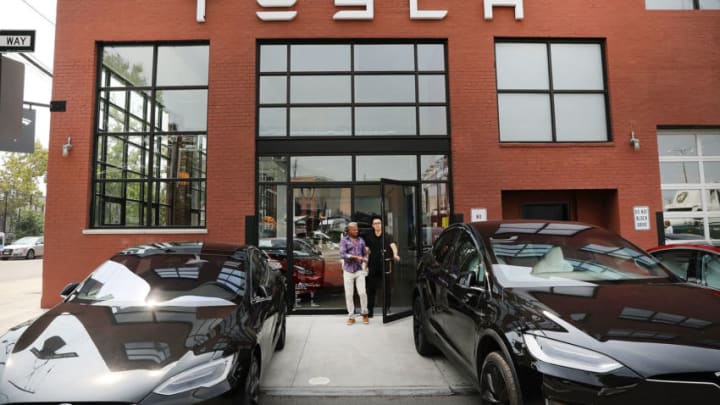Misplaced Confidence:
The Titanic was a design statement, it was a symbol of industrial prowess and ingenuity. We had built one of the most formidable machines to date, and were overly eager to show it off!
It was the cutting-edge technology, and Captain Edward John Smith intended to make a name for himself by setting records and blazing across the Atlantic on her maiden voyage.
At the time of the disaster, the Titanic barreled into the iceberg field at a speed of 22 knots. (History.) Her top-speed was 23 knots (26.46 mph). (Journal Sentinel.)
There were many other contributing factors to the Titanic’s unfortunate demise, but blazing into a known iceberg field at full throttle didn’t do much for her odds of survival!
Insidious Design Flaws:
There was more than one design flaw, and it’s debatable whether or not the absence of any number of them could have prevented – or at least delayed – the ships untimely retirement from the White Star fleet.
"Engineering Overzealous confidence caused the water-tight compartments to be poorly designed, not extending high enough to prevent the spilling of water from one compartment to the adjacent ones. Additionally, some believe that the water-tight compartments contributed to the ship’s sinking by concentrating the water in the bow, rather than allowing it to distribute throughout the lower levels across the ship. It’s estimated the Titanic could have stayed afloat another six hours, had it been engineered without the condemning bulkheads. Material Failures “Brittle fracture” is the term used to describe the catastrophic material failure that snapped and sheared the hull’s rivets on impact. A high-sulfur content in the metal, due to poor manufacturing, would condemn the ship by design. The frigid waters and extremely high stress endured by the collision caused the massive hull plates to act as a lever, which would pop rivets from their seats around the impact zone, allowing more area for the frigid Atlantic water to overtake the ship."
